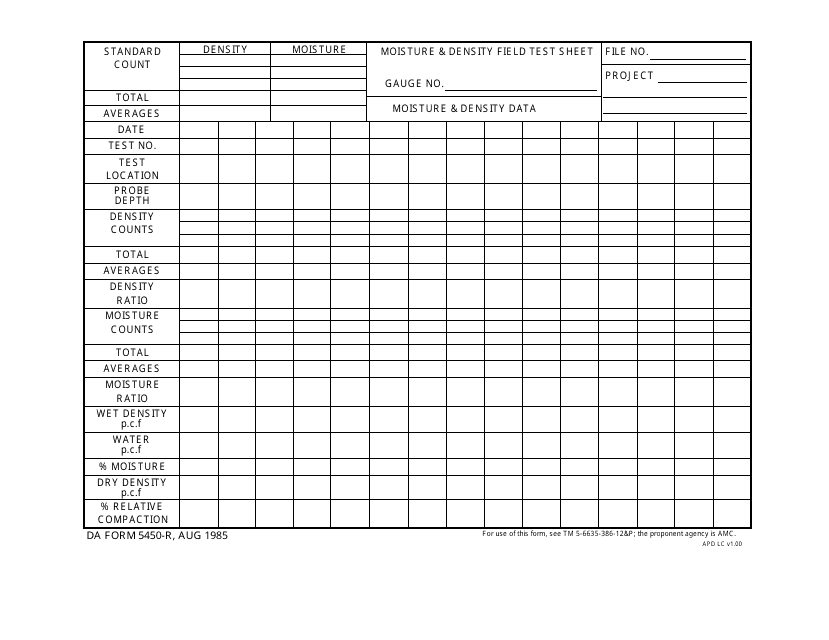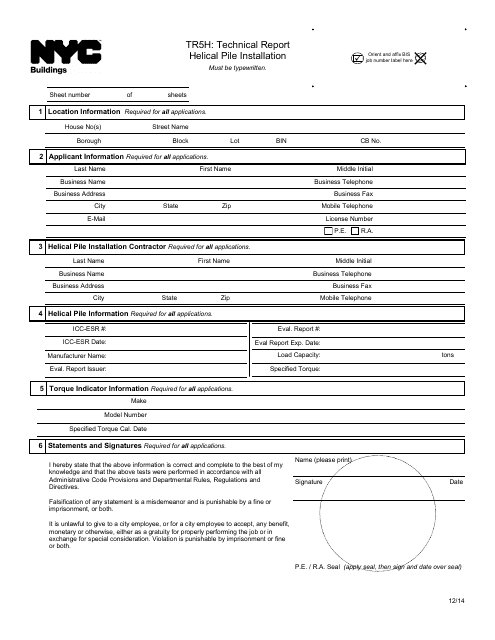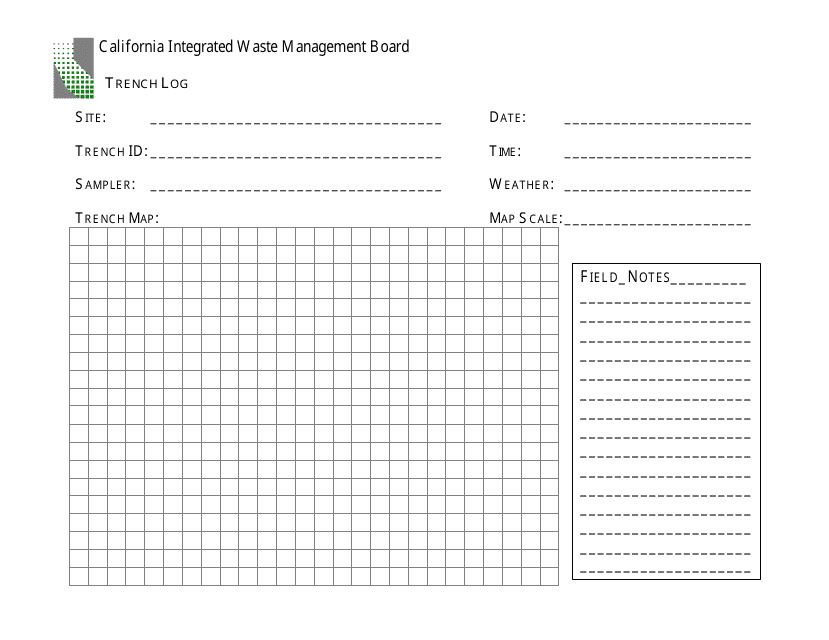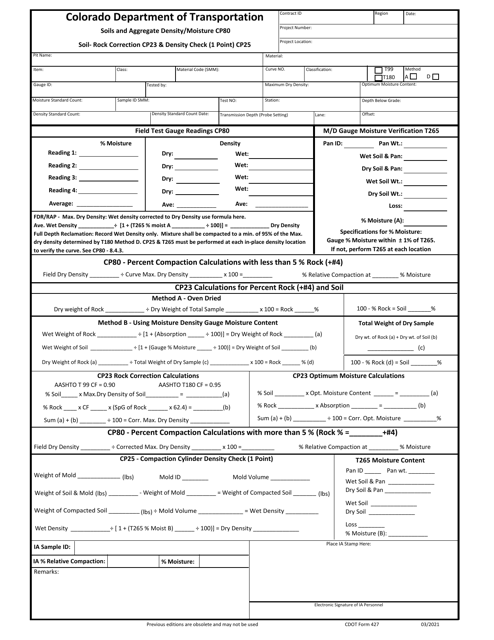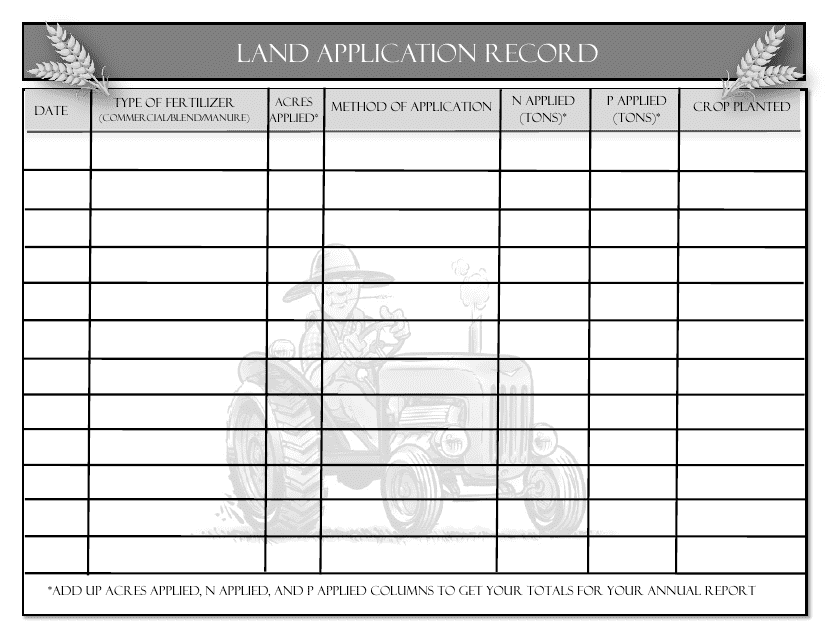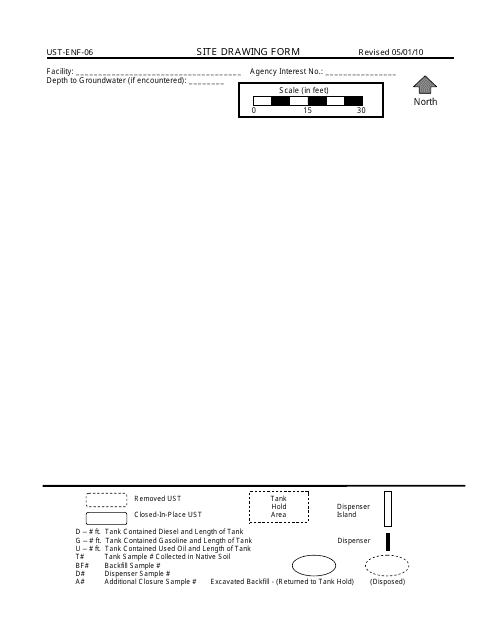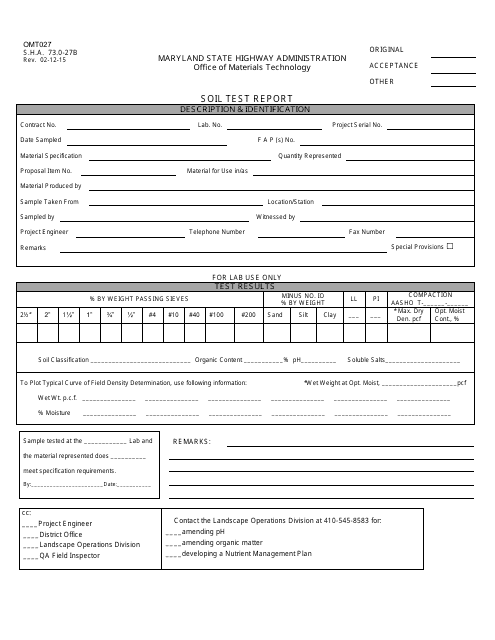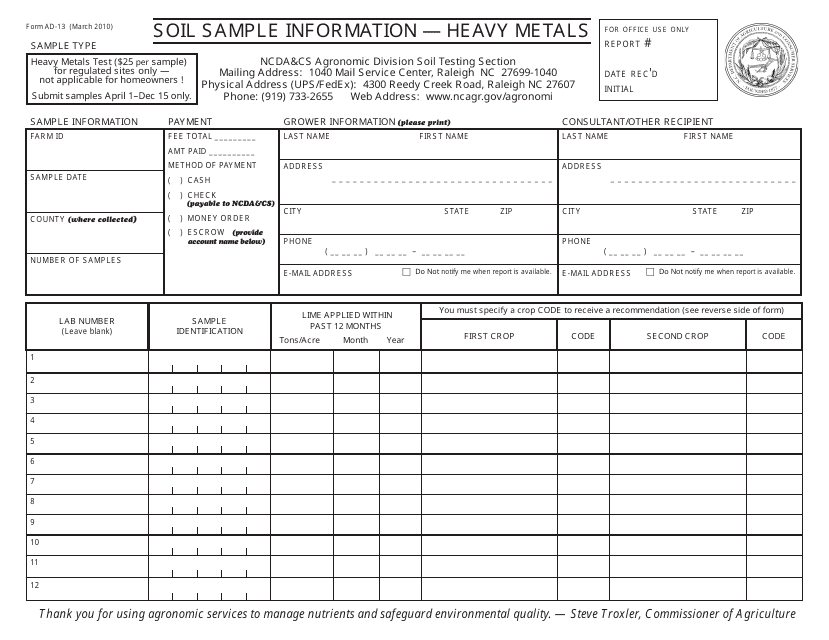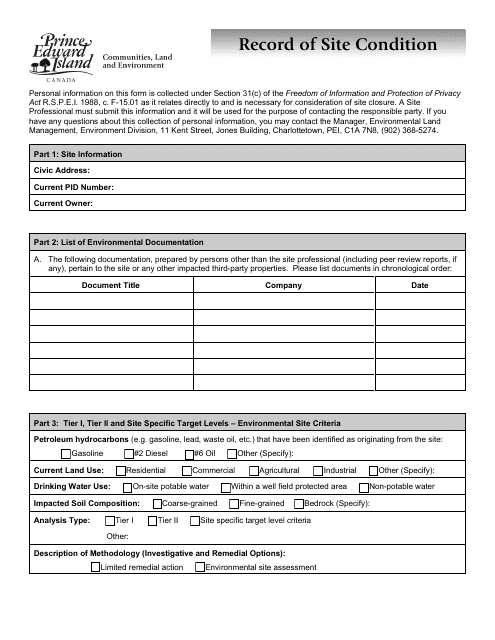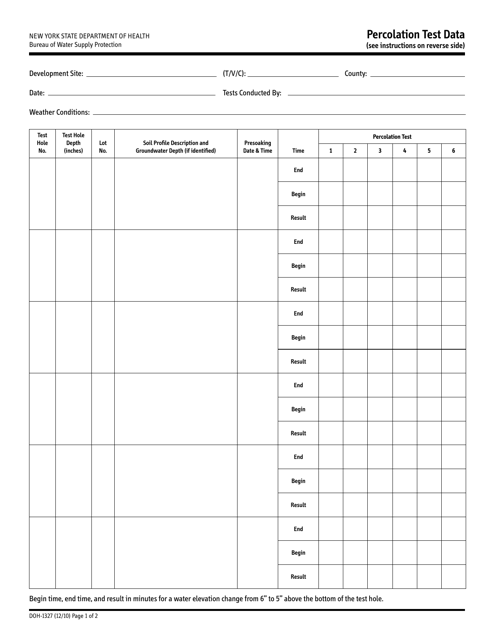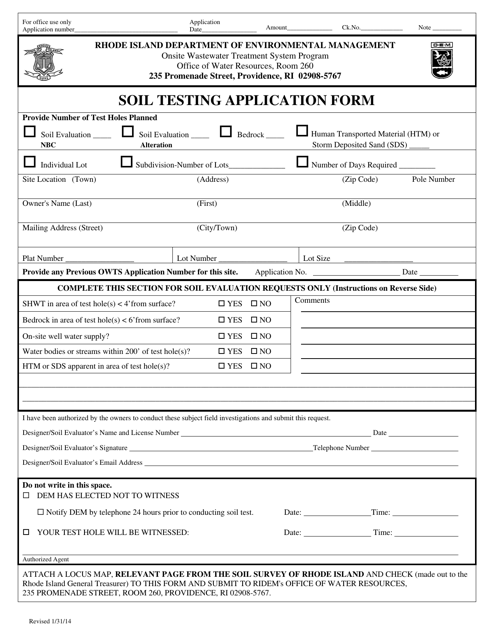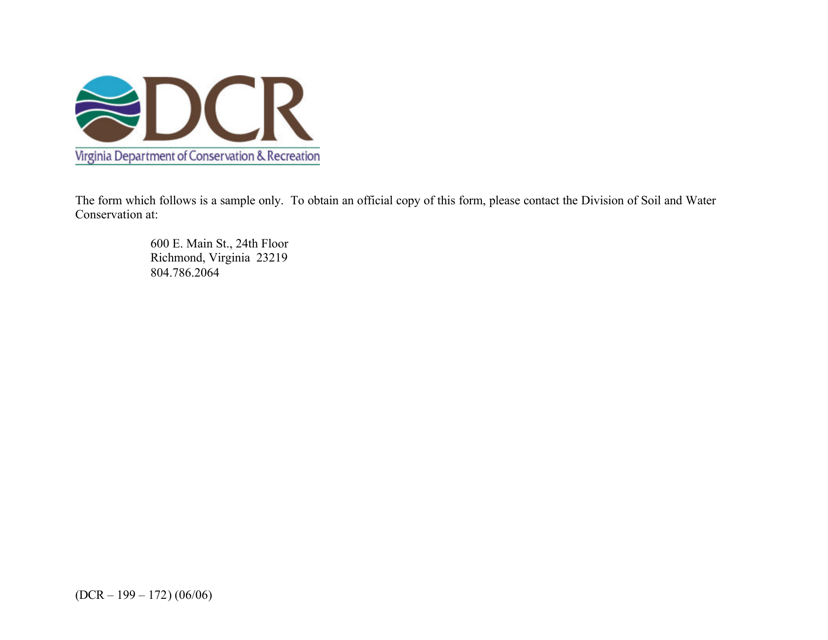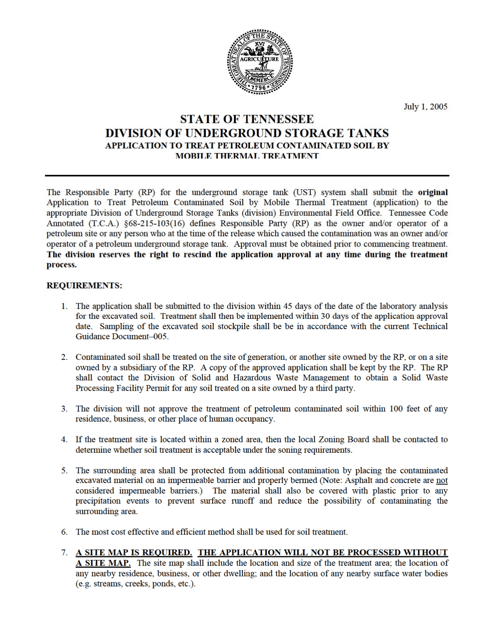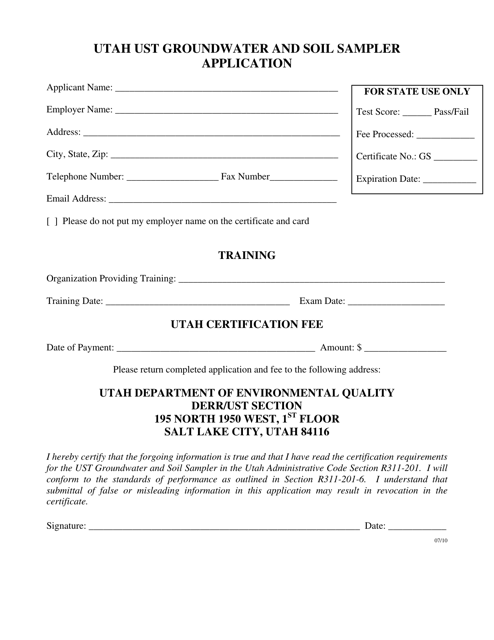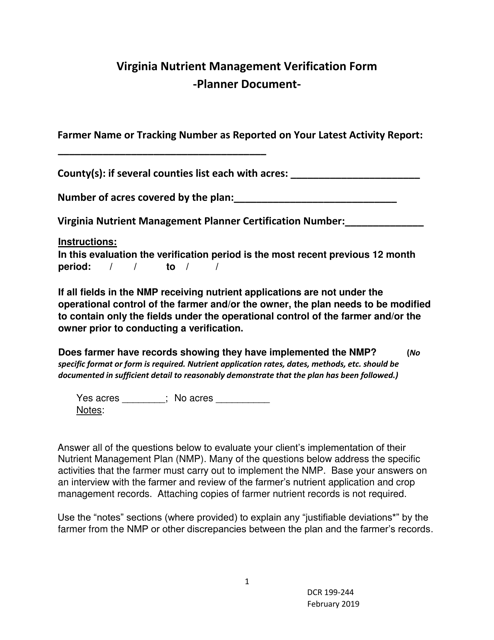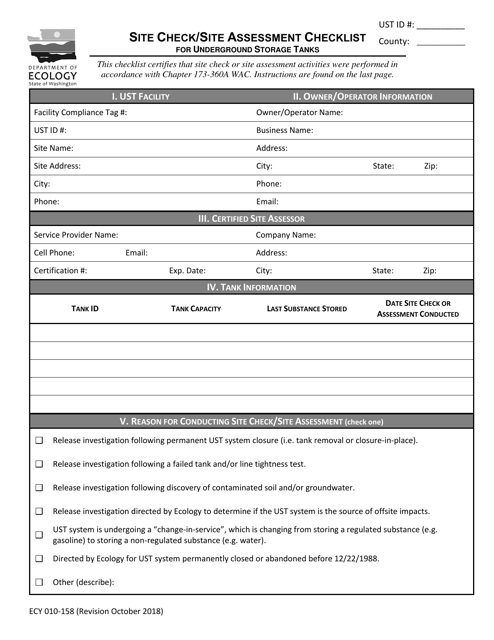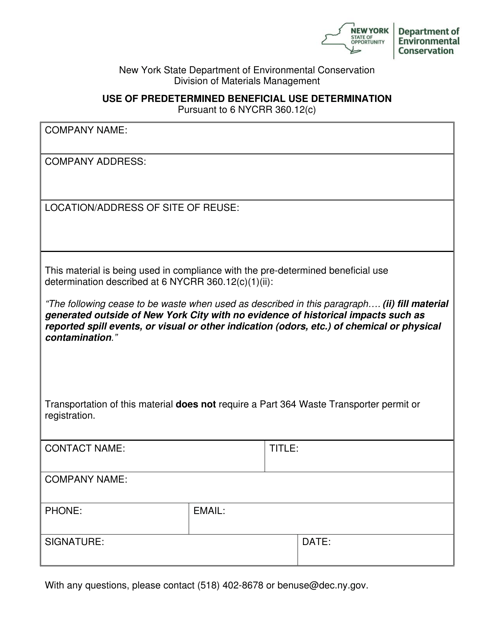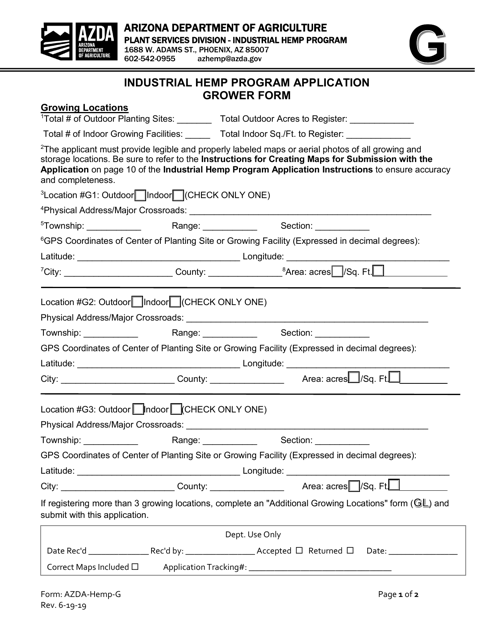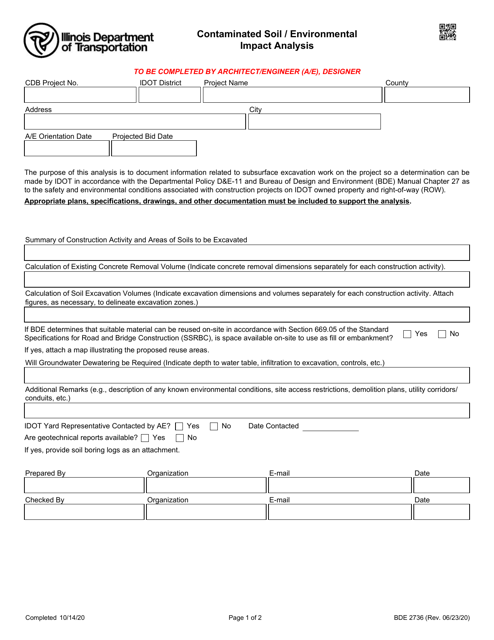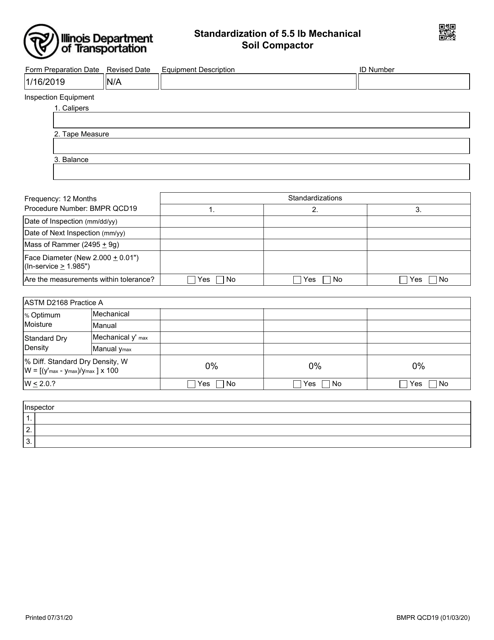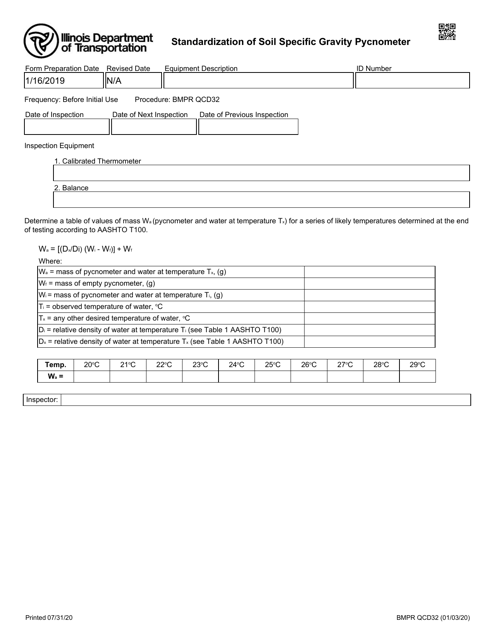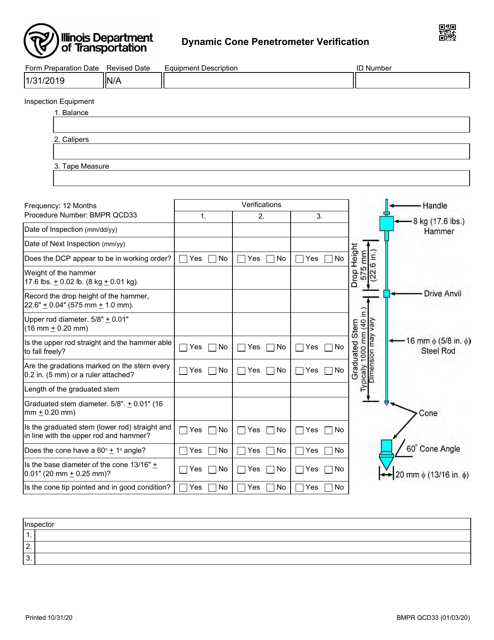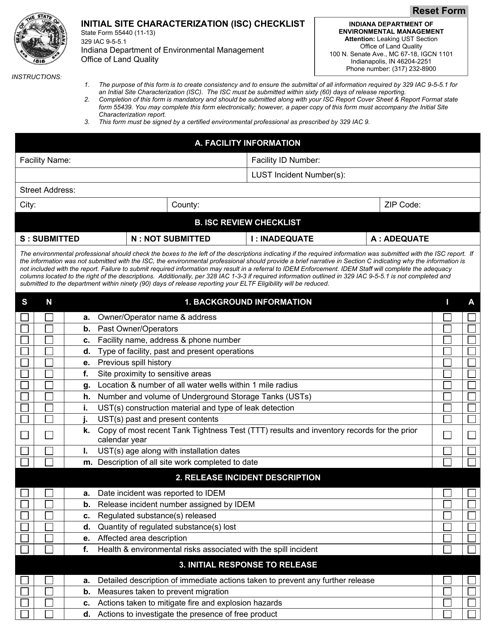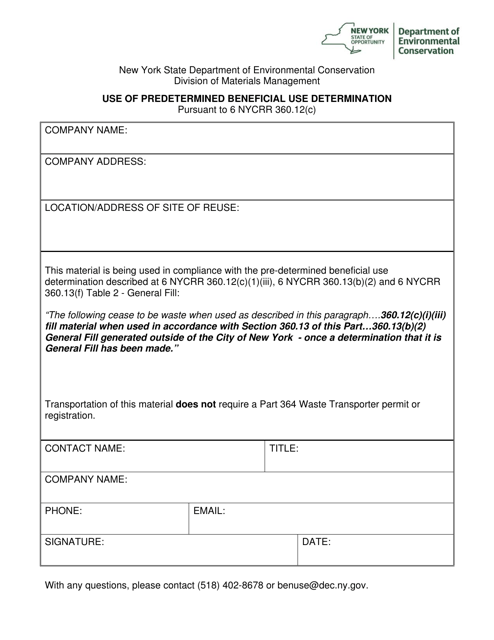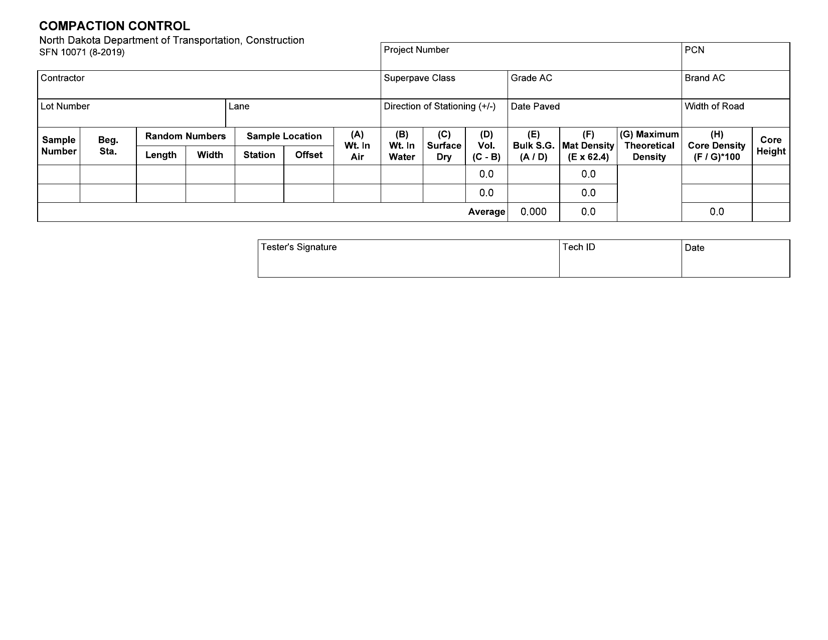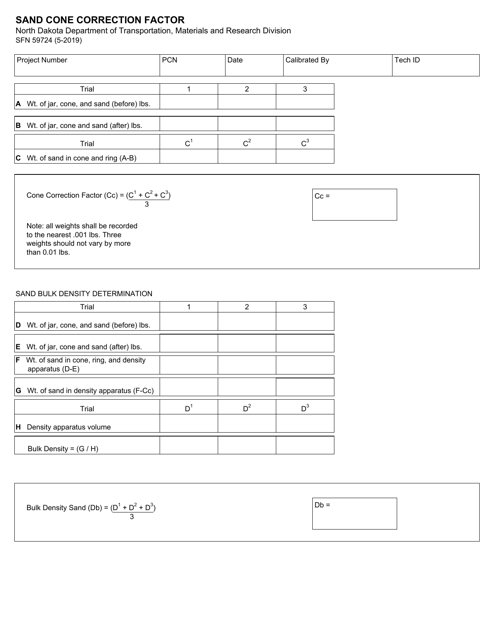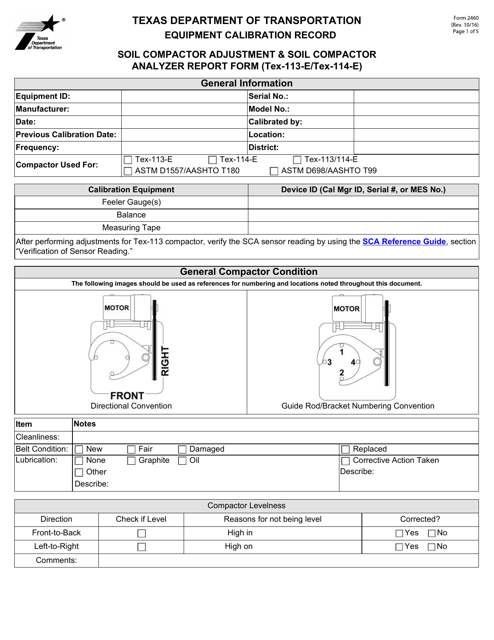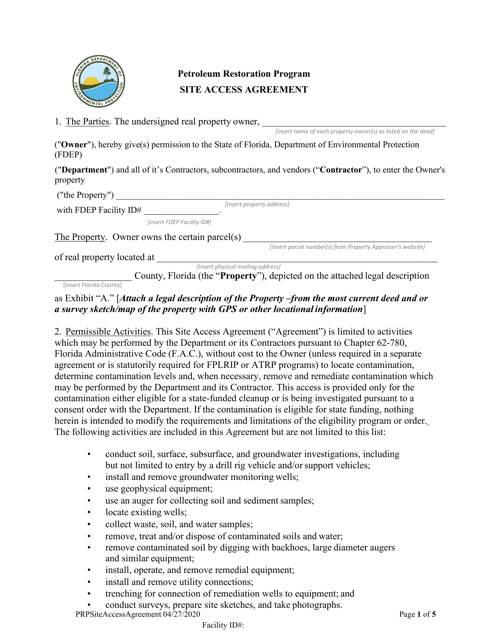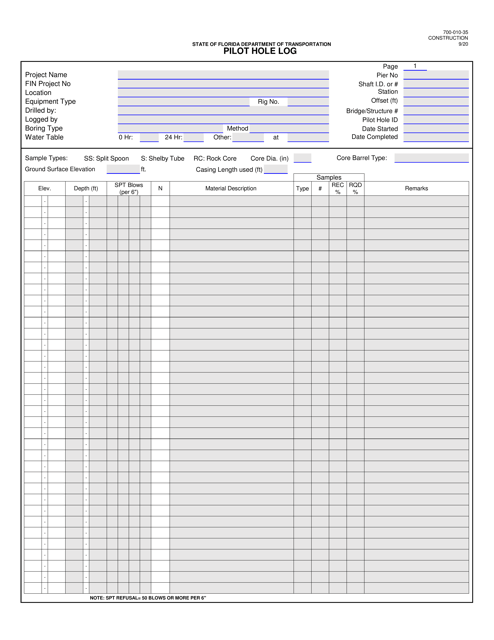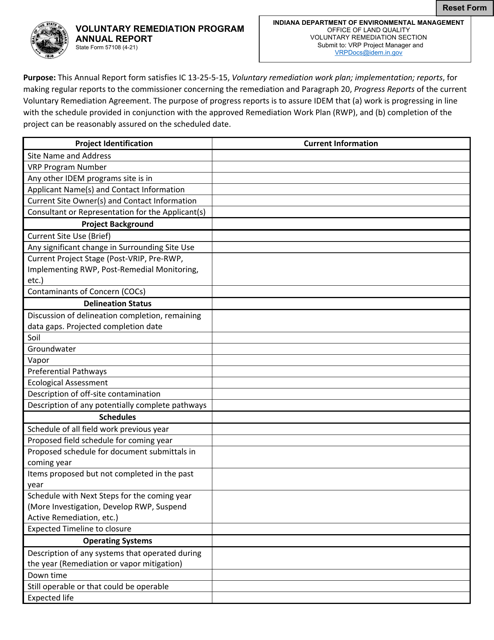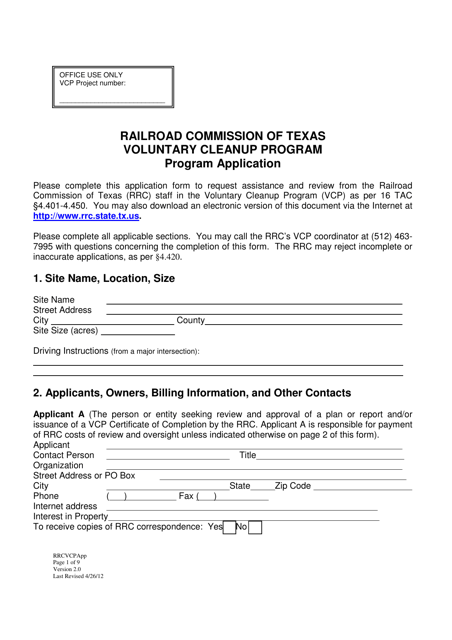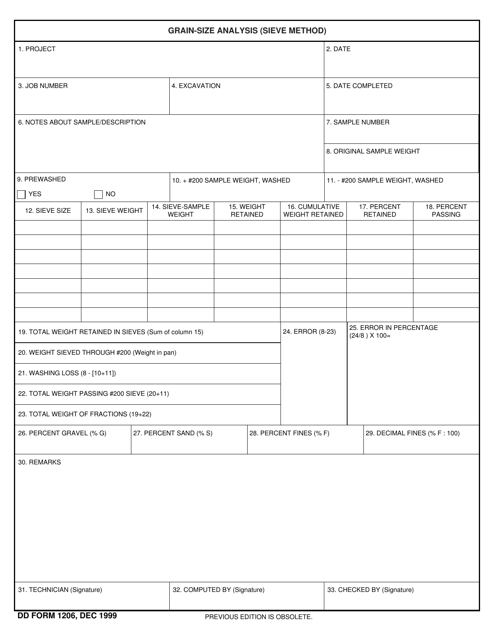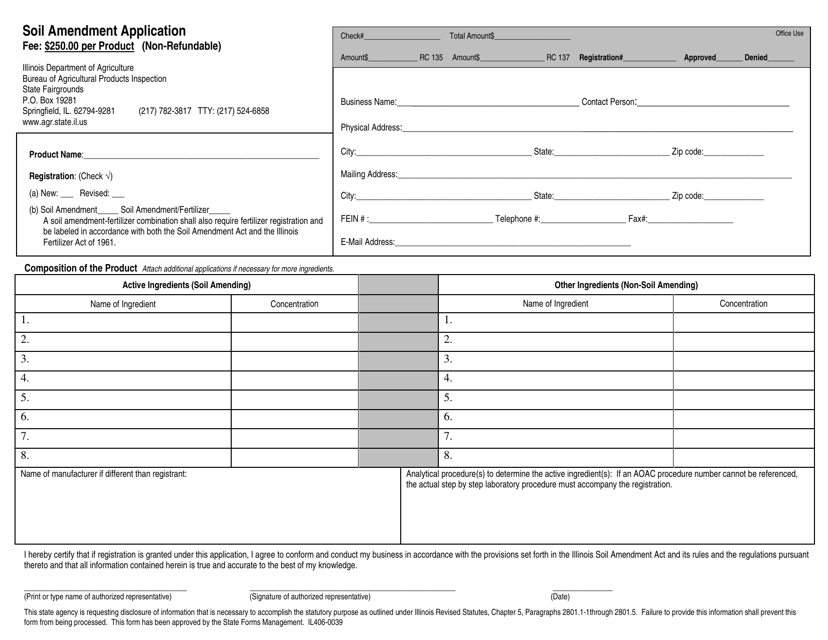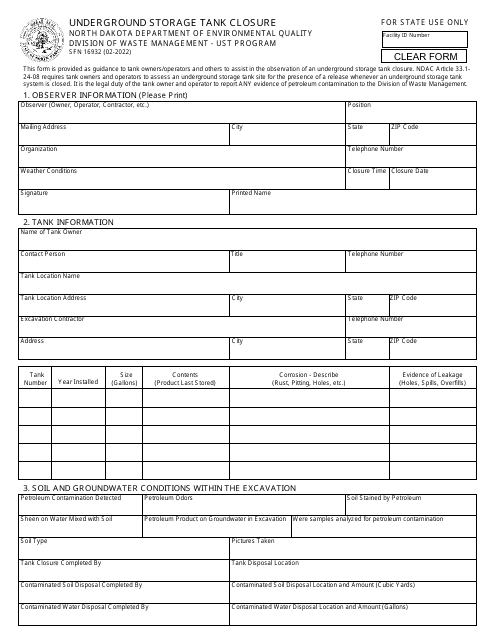Soil Test Templates
Are you looking to assess the quality and composition of your soil? Our comprehensive selection of documents on soil testing will provide you with all the information you need. These documents, also known as soil tests, soil testing reports, or soils testing documents, offer a range of valuable insights into the characteristics of your soil.
Whether you are a landowner, developer, or contractor, having access to accurate soil test results is essential for making informed decisions about construction projects, environmental assessments, or agricultural activities. Our collection of soil testing documents includes a variety of reports and checklists from different regions and purposes.
For instance, you can find documents like the Record of Site Condition from Prince Edward Island, Canada, which provides a detailed analysis of a specific site's soil quality. Similarly, the State Form 55440 Lust Initial Site Characterization (Isc) Checklist from Indiana outlines a set of requirements for conducting soil testing as part of site characterization protocols.
If you're involved in compaction control, you may be interested in Form SFN10071 Compaction Control from North Dakota, which offers guidelines and forms for monitoring and documenting the compaction process during construction projects. Alternatively, the Geotechnical Hole Report from Oregon delivers crucial information on soil samples extracted from test holes.
For transportation-related projects, the DOT Form 350-514 Moisture-Density Relationship Report from Washington is a valuable resource. This document focuses on measuring the relationship between soil moisture content and density, which is important for ensuring the structural integrity of roads and highways.
No matter your specific soil testing needs, our diverse collection of documents will assist you in understanding the properties and composition of your soil. By utilizing these resources, you can make well-informed decisions to optimize your projects, preserve the environment, or enhance agricultural productivity.
Documents:
63
This form is used for conducting moisture and density field tests. It allows technicians to record data and observations regarding the moisture content and density of soil samples.
This form is used for conducting California Bearing Ratio (CBR) analysis, a test to determine the strength of soil in road construction projects.
This document provides a technical report on the process of installing helical piles in New York City. It includes information on the equipment and techniques used for this type of foundation installation.
This document is used for keeping a record of activities and observations during excavation work in California. It helps to track progress, monitor safety protocols, and comply with local regulations.
This form is used for keeping a record of land application activities in Delaware. It helps track and manage the application of fertilizers and other substances to agricultural land.
This document is a Site Drawing Form used in Louisiana. It is used to provide a drawing or plan of a specific site or location.
This type of document is a Soil Test Report specific to the state of Maryland. It provides information about the soil quality and composition in a particular area.
This Form is used for providing information about soil samples for heavy metals testing in North Carolina.
This document is a record of the environmental condition of a site in Prince Edward Island, Canada. It contains information about any contamination or hazards present at the site.
This form is used for recording percolation test data in New York. It helps to assess the ability of soil to absorb water.
This form is used for applying for soil testing in Rhode Island.
This form is used for recording nutrient application details in Virginia. It helps keep track of the field-specific information related to nutrient application.
This document is an application form used in Tennessee for mobile thermal treatment of petroleum contaminated soil.
This Form is used for determining the requirements to treat petroleum contaminated soil that is generated from releases from underground storage tanks in Tennessee.
This form is used for applying for a Utah UST groundwater and soil sampler.
This form is used for verifying nutrient management practices in Virginia.
This Form is used for conducting site checks and assessments for underground storage tanks in the state of Washington. It is a checklist that helps ensure compliance with regulations and identify any potential issues.
This document is used in New York for obtaining a predetermined beneficial use determination for untested clean soil. It helps individuals and businesses to determine how they can legally use untested clean soil in a beneficial manner.
This form is used for applying to the Industrial Hemp Program as a grower in Arizona.
This document outlines the standardization process for a 5.5 lb mechanical soil compactor used in Illinois. It provides guidelines for ensuring consistent and accurate compaction of soil samples.
This form is used for the standardization of a soil specific gravity pycnometer in Illinois.
This form is used for the verification of the Dynamic Cone Penetrometer in the state of Illinois.
This form is used for conducting an initial site characterization of a property in Indiana to assess the presence of hazardous substances and potential risks. It includes a checklist of items to be addressed during the assessment process.
This document is used for determining the appropriate use of clean soil (general fill) in New York based on predetermined guidelines and standards. It helps ensure that the soil is safe for various purposes such as construction or landscaping.
This form is used for documenting and controlling compaction activities in North Dakota. It is typically used in construction projects to ensure that compaction of soil and other materials meets the required standards for safety and structural integrity.
This Form is used for calculating the sand cone correction factor in North Dakota.
Form 2460 Soil Compactor Adjustment and Soil Compactor Analyzer Report (Tex-113-e/Tex-114-e) - Texas
This document is for making adjustments to a soil compactor and analyzing soil compaction. It is specifically used in the state of Texas.
This document is a site access agreement for the Petroleum Restoration Program in Florida. It outlines the terms and conditions for accessing a site related to petroleum restoration activities.
This form is used for applying for certification as a groundwater and soil sampler in Utah.
This document is for landowners in Arizona who want to apply for a land treatment program. It provides information and instructions on how to apply for various land treatment activities such as reseeding, fertilization, and erosion control measures.
This form is used for the Voluntary Remediation Program Annual Report in the state of Indiana.
This form is used for applying to the Voluntary Cleanup Program in Texas. The program allows individuals and companies to voluntarily clean up contaminated sites to meet state environmental standards.
This document is used to conduct a grain-size analysis using the sieve method. It helps determine the size distribution of particles in a sample.
This form is used for applying soil amendments in the state of Illinois. It provides instructions and guidelines for applying the amendments to improve soil quality and fertility.

